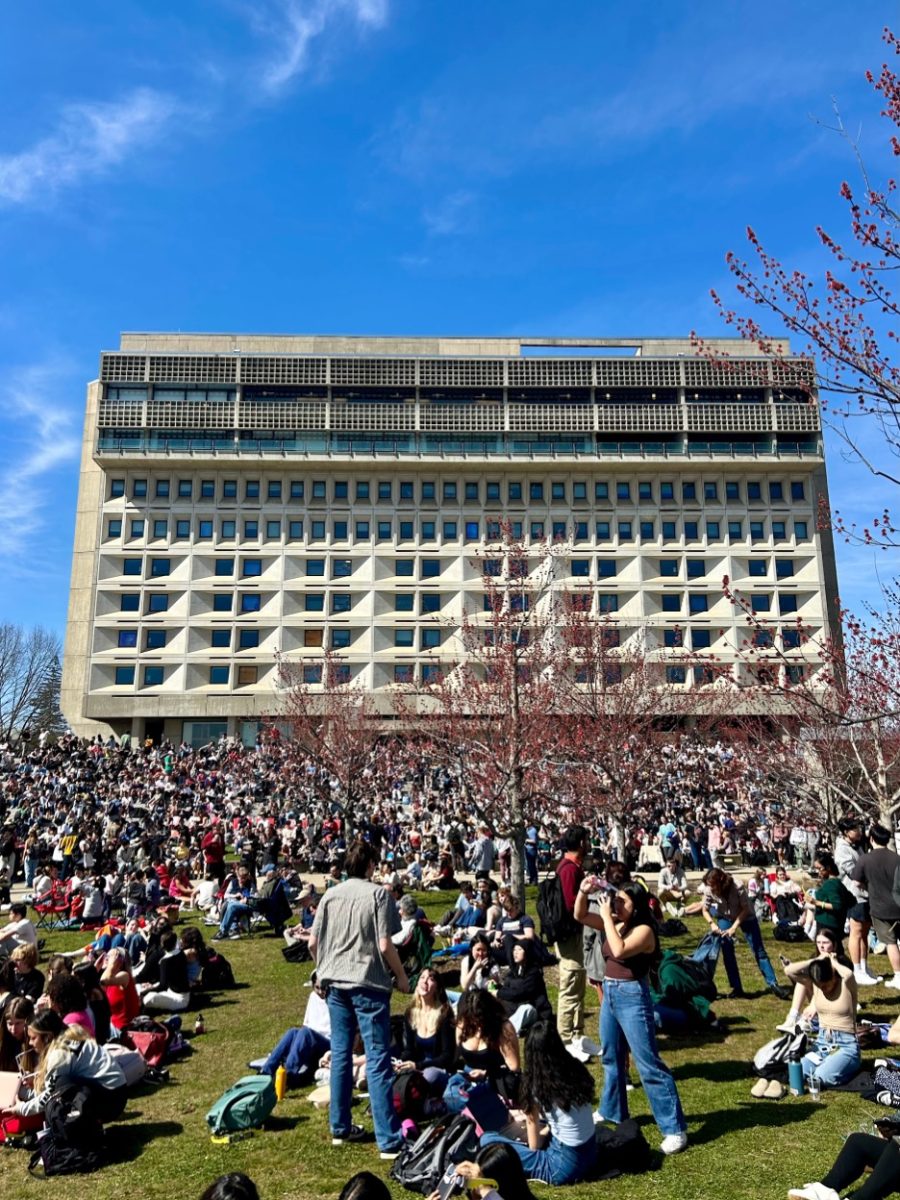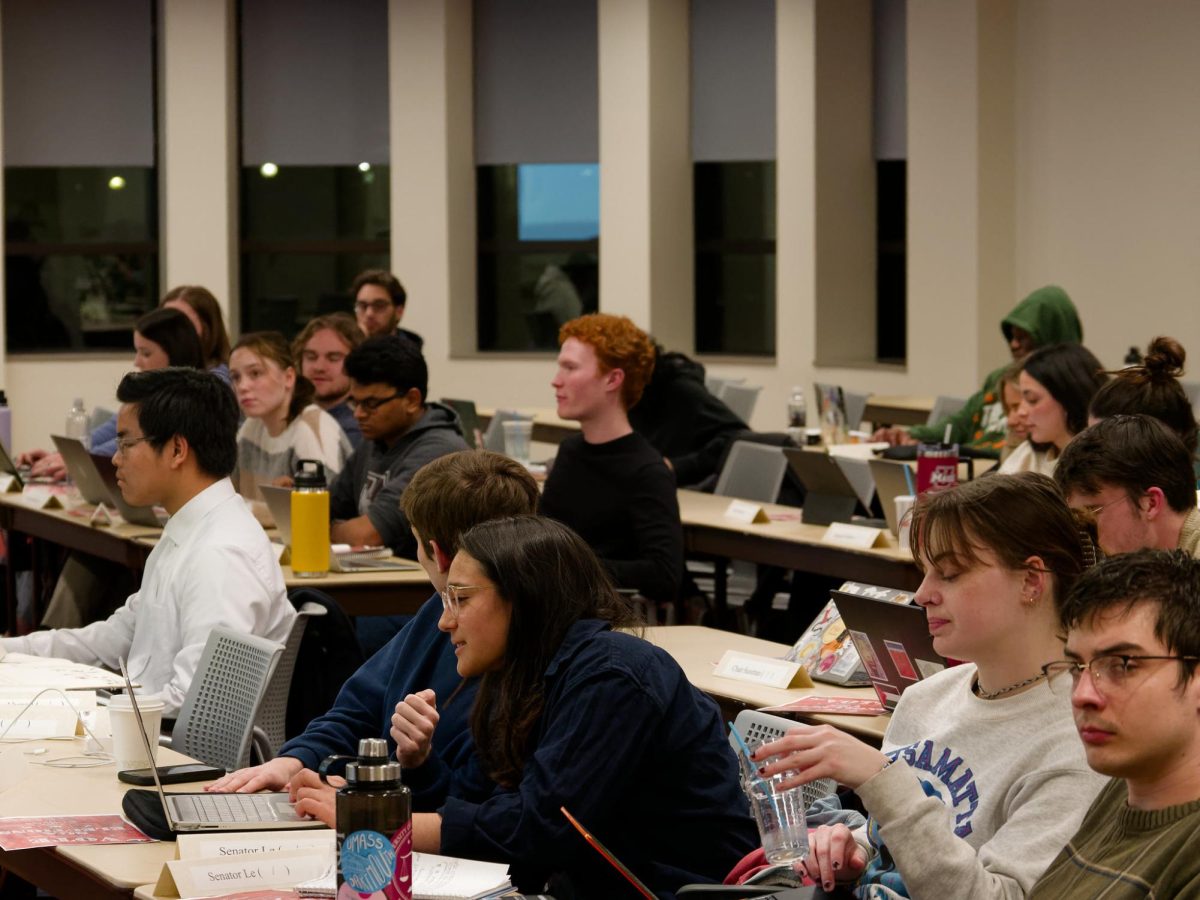
The economic recession has caused institutions of higher learning across the country to lose donations and gifts over the past two years, and the University of Massachusetts is no exception.
Though giving was back up in fiscal 2010 year for UMass, with 33,119 donors totaling over $57 million in gifts to the University, donations and gifts saw a swift decline in both fiscal years 2008 and 2009, with 35,571 donors totaling $30 million and and 32,159 donors totaling $23 million, respectively.
Based on the 2010 numbers, Ed Blaguszewski, executive director of news and media relations at UMass, said that alumni and friends continue to put their support behind the University because of the goals set forth by Chancellor Robert C. Holub and other administration officials.
“Alumni continue to express their belief in the institution through their involvement in other ways and willingness to visit with us even if they had to delay or downsize their gifts,” said Blaguszewski.
He added, “They, too, want to see UMass Amherst remain accessible and affordable as it provides an outstanding education for our student body through our exceptional faculty, who are conducting cutting-edge research involving undergraduates as well as graduate students.”
According to the 2010 Giving USA report, released by The Center on Philanthropy at the University of Indiana, education at all levels received just over $40 billion in gifts in 2009 of the $303.75 billion donated to all non-profits, down 3.6 percent from 2008.
Giving to education has dropped by nearly 12 percent in inflation-adjusted dollars over the last two years. Education did, however, received 13 percent of gifts in 2009, making it the second-highest category behind religion-based gifts, which took 33 percent of the total.
Blaguszewski also said UMass fared better than many other colleges and universities during the recession in terms of giving.
“Practically every college’s endowment has declined in the past two years,” said Blaguszewski. “While we did lose money, we didn’t lose as much as other colleges and universities did.”
The Council for Advancement and Support of Education (CASE) recently conducted a survey which projected that donations for the fiscal 2010 year will be 4.3 percent higher than the previous year, and that the next academic year will see gains of 5.7 percent.
Based on these figures, a turnaround for colleges and universities which experienced difficulty raising money during the recession could be on the horizon if these numbers are realized.
“The survey results are an encouraging sign that we may return to pre-recession giving levels in roughly two years,” said John Lippincott, president of CASE, in a press release.
Rae Goldsmith, vice president of advancement resources at CASE, said public institutions are expecting to be favored over private institutions, as donors will look to help their relatively smaller endowments.
“Generally, looking back to anticipated results for 2009-10, private institutions were slightly more optimistic about their fundraising results than public institutions,” said Goldsmith. “Looking ahead to 2010-11, both private and public institutions were optimistic about increasing private donations, with public institutions being the most optimistic.”
As giving is starting to increase again in higher education, Goldsmith attributes several reasons as to why donors want to give, despite the economy still being somewhat uncertain.
“People want to help people overcome the economic emergency,” said Goldsmith. “Right now scholarship programs are getting more support than building because of a scholarship’s direct impact on a student.”
Goldsmith also cited the 2009 Voluntary Support of Education Survey (VSE) which found that private contributions to America’s higher education institutions declined by 11.9 percent to $27.85 billion in fiscal 2009.
“Even people who have the capacity to give have taken a deep breath,” said Goldsmith. “I think that confidence is growing among donors, but we’ll just have to wait and see.”
Dan Peltier can be reached at [email protected].












